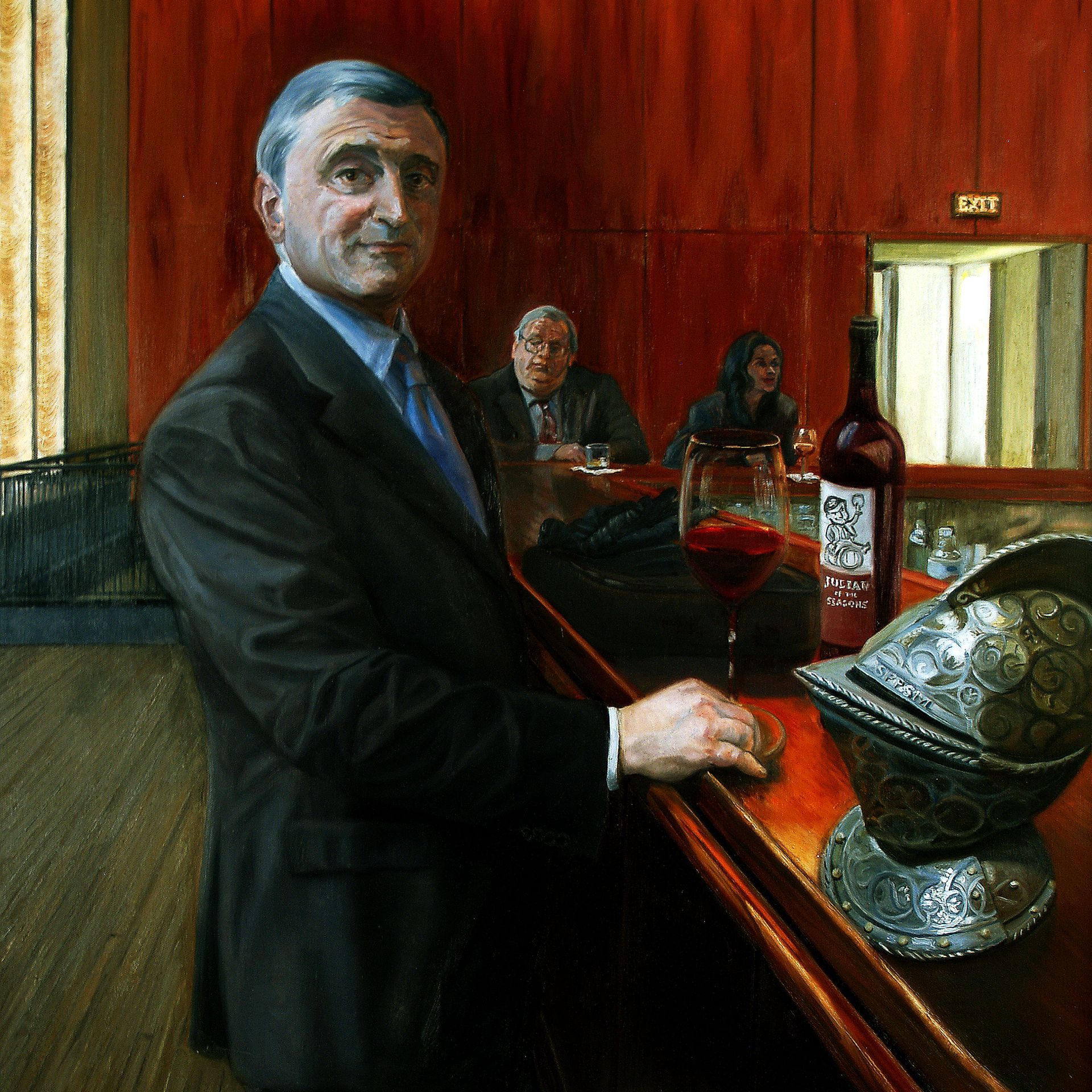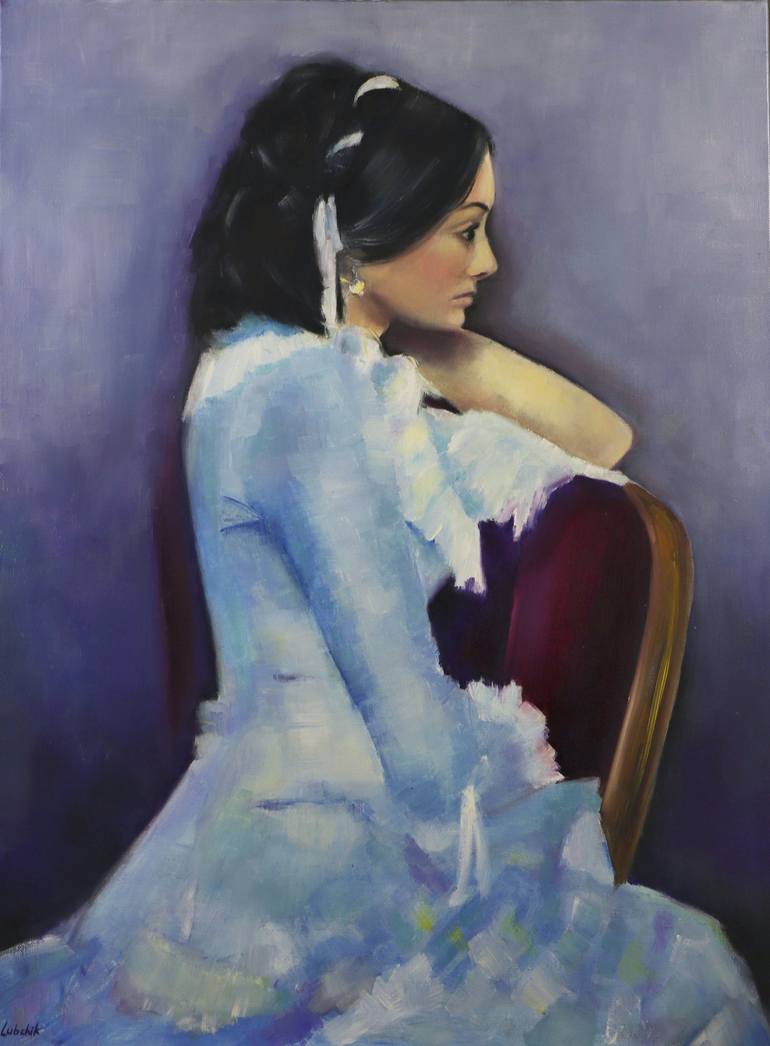Discover the Best Tips for Creating Stunning Figurative Oil Painting Artwork
Discover the Best Tips for Creating Stunning Figurative Oil Painting Artwork
Blog Article
The Development of Figurative Oil Painting: Understanding Its Historic Relevance and Modern Interpretations
The evolution of metaphorical oil painting offers as a compelling lens with which to analyze the interaction between imaginative expression and historical context. Contemporary musicians, drawing from this abundant heritage, are now reinterpreting the human number in methods that test standard narratives.
Origins of Metaphorical Oil Painting
The beginnings of figurative oil painting can be mapped back to the early Renaissance in Europe, especially in the 15th century. This duration marked a considerable departure from the stiff kinds and flat representations particular of medieval art. Musicians started to explore naturalism, highlighting the human number and its psychological expression. The development of oil paint permitted better depth of color and information, boosting the realism and vibrancy of their work.

In this transformative era, numbers were often depicted within contextually abundant settings, showcasing not just their physical qualities however also their mental states. Pioneers such as Jan van Eyck and Titian used the tool's adaptability, utilizing layering methods to achieve luminosity and appearance. This development helped with the portrayal of detailed textiles and the nuances of skin tones, contributing to the development of portraiture and narrative scenes.
Additionally, the Renaissance emphasis on humanism promoted a recognition for individuality, which in turn affected artists to develop more relatable and dynamic figures - figurative oil painting. Because of this, metaphorical oil painting emerged as an effective lorry for storytelling and psychological involvement, preparing for future creative movements and designs
Secret Historic Movements
Substantial historical activities have formed the evolution of metaphorical oil painting, each contributing one-of-a-kind approaches and techniques that broadened the tool's possibilities. The Renaissance noted a pivotal minute, stressing realism and the human type, with artists like Leonardo da Vinci and Michelangelo pushing the borders of anatomical accuracy and viewpoint. Following this, the Baroque era brought remarkable contrasts of light and darkness, exemplified by Caravaggio, who instilled religious themes with extreme emotionality.
The 19th century presented Romanticism and Realism, where artists such as Delacroix and Courbet tested timeless ideals, concentrating on specific expression and daily life. The arrival of Impressionism further reinvented the tool by emphasizing the impacts of light and shade, bring about a departure from conventional depiction.
In the early 20th century, movements like Expressionism and Cubism redefined figurative paint via abstraction and the expedition of emotional depth. Each of these activities not just reflected the societal changes of their times yet also laid the groundwork for contemporary interpretations. The interplay between these historic activities has actually developed a rich tapestry of viewpoints and styles, influencing contemporary artists in their quest of catching the human experience on canvas.
Methods and Materials Development

Throughout the Baroque period, strategies such as chiaroscuro and sfumato emerged, boosting the emotional vibration of figurative make-ups. Artists started to try out lusters and impasto, controling appearance and brightness. By the 19th century, innovations like the use of pre-mixed paints in tubes revolutionized availability, allowing artists to repaint en plein air and capture the short lived effects of light.
The 20th century experienced the intro of synthetic pigments and tools, which expanded the combination and modified the consistency of oil paints. The exploration of brand-new application strategies, such as palette knives and brushes of varying rigidity, additional diversified artistic expression. Jointly, these innovations mirror the advancing connection in between products, strategies, and the artistic vision fundamental in metaphorical oil paint.

Contemporary Analyses
Contemporary analyses of metaphorical oil paint show a vibrant discussion between custom and advancement, where artists challenge established norms and explore diverse themes. This advancement shows up in numerous means, as modern musicians blend classical techniques with modern concepts, often addressing social, political, and individual stories.
Lots of professionals draw inspiration from historical jobs, yet they instill their pieces with contemporary point of views, using the human form as a vehicle for discourse on culture, sex, and identification. Artists progressively experiment with abstraction, distortion, and combined media, which enables for a wider interpretation of the number and its context.
Furthermore, using dazzling shade palettes and unusual structures typically offers to interrupt conventional viewing experiences, prompting crucial involvement from target markets. This shift in emphasis extends past looks; it reflects an expanding awareness of the intricacies of human experience in an interconnected world.
As metaphorical oil painting remains to evolve, it continues to be an important tool for exploring the nuances of contemporary life, personifying both a respect for heritage and a commitment to dynamic thought. The outcome is a rich tapestry of expression that resonates with the intricacies of the modern human problem.
Influence On Modern Art
The impact of figurative oil painting on modern-day art is extensive, as it has constantly motivated a myriad of imaginative movements and methods throughout the 21st and 20th centuries. From Expressionism to Surrealism and past, the expedition of the human number has remained a central style, permitting musicians to convey complex emotions and narratives. This emphasis on metaphorical depiction has actually led to a re-examination of conventional methods, leading to cutting-edge strategies that mix realistic look with abstraction.
Moreover, contemporary artists have embraced figurative oil painting as a way to deal with social and political problems, using the medium to challenge perceptions of sex, identification, and society. The revival of interest in figurative job in current years shows a hoping for connection in an increasingly digital globe, where human experience and feeling are useful source vital.
Furthermore, the dialogue between figurative oil paint and modern-day art is obvious in the works of artists such as Kehinde Wiley and Jenny Saville, who attract on historic recommendations while infusing their pieces with modern significance. Ultimately, metaphorical oil paint continues to form and redefine modern-day creative expression, underscoring its long-lasting relevance in the art world.
Verdict
The evolution of metaphorical oil paint underscores its historic significance and versatility throughout various creative activities. Ultimately, figurative oil paint continues to be an important tool for discovering the human experience, resonating profoundly in today's electronic landscape.
The advancement of figurative oil painting serves as an engaging lens via which to examine the interplay in between imaginative expression and historic context.Significant historical motions have actually formed the advancement of figurative oil painting, each contributing distinct ideologies and strategies that expanded the medium's possibilities.As historical motions shaped the trajectory of figurative oil paint, the methods and products used by musicians have also undergone considerable makeovers. figurative oil painting.The influence of metaphorical oil paint on see here now modern-day art is her response extensive, as it has actually consistently motivated a myriad of imaginative activities and techniques throughout the 21st and 20th centuries.The advancement of metaphorical oil paint highlights its historical importance and adaptability across various artistic movements
Report this page